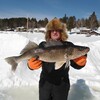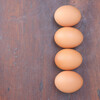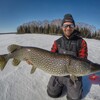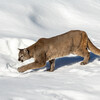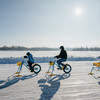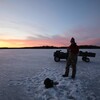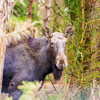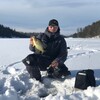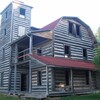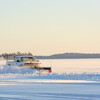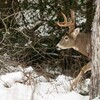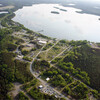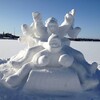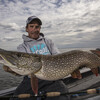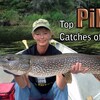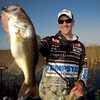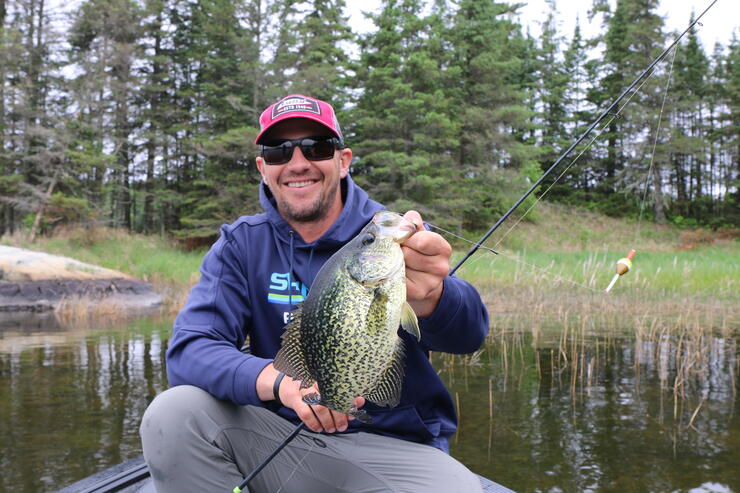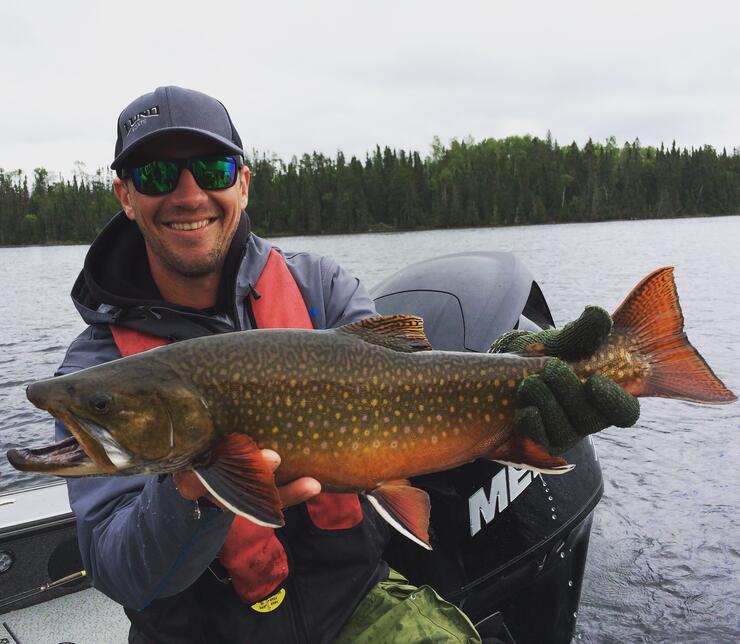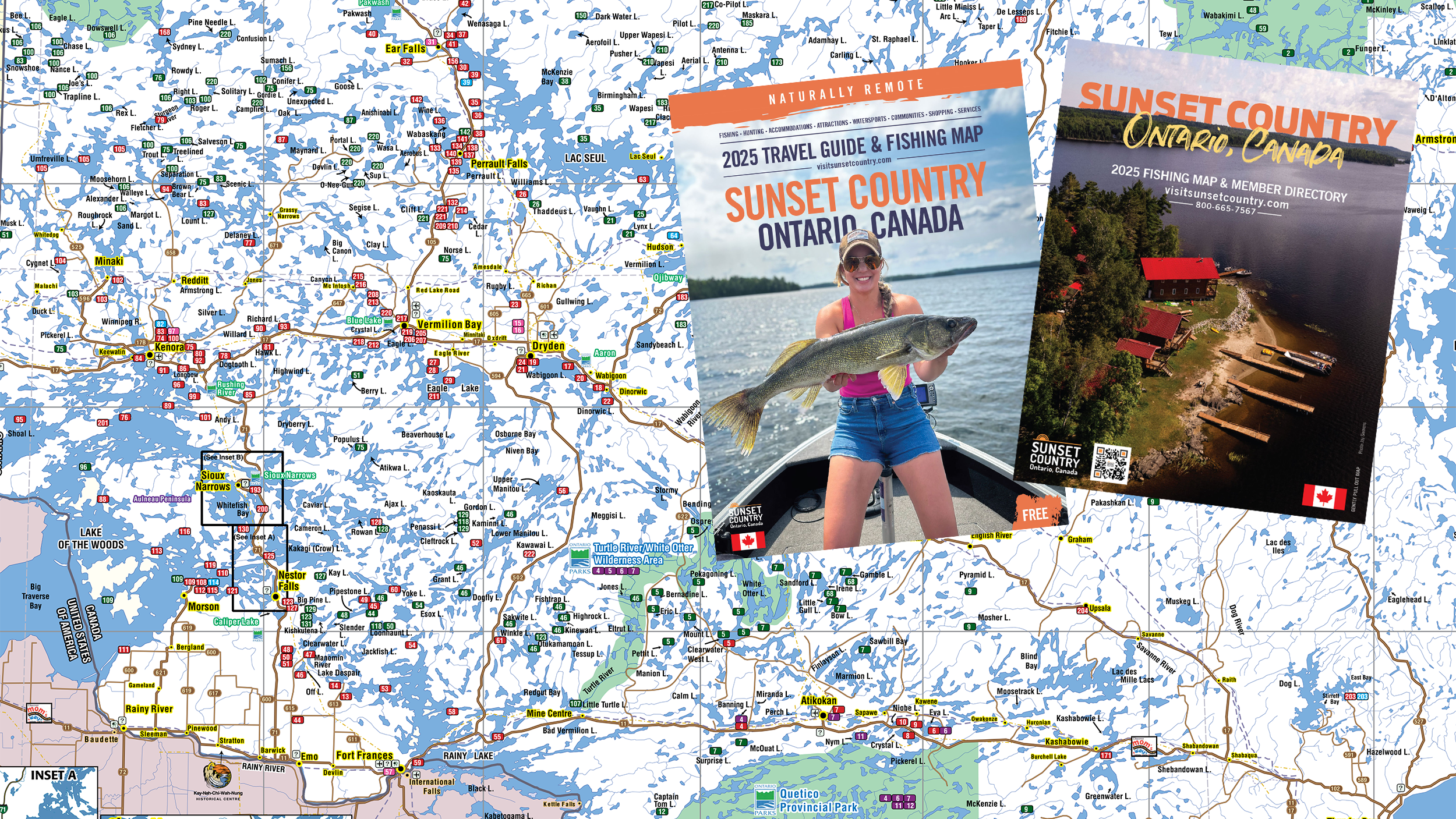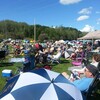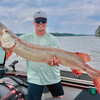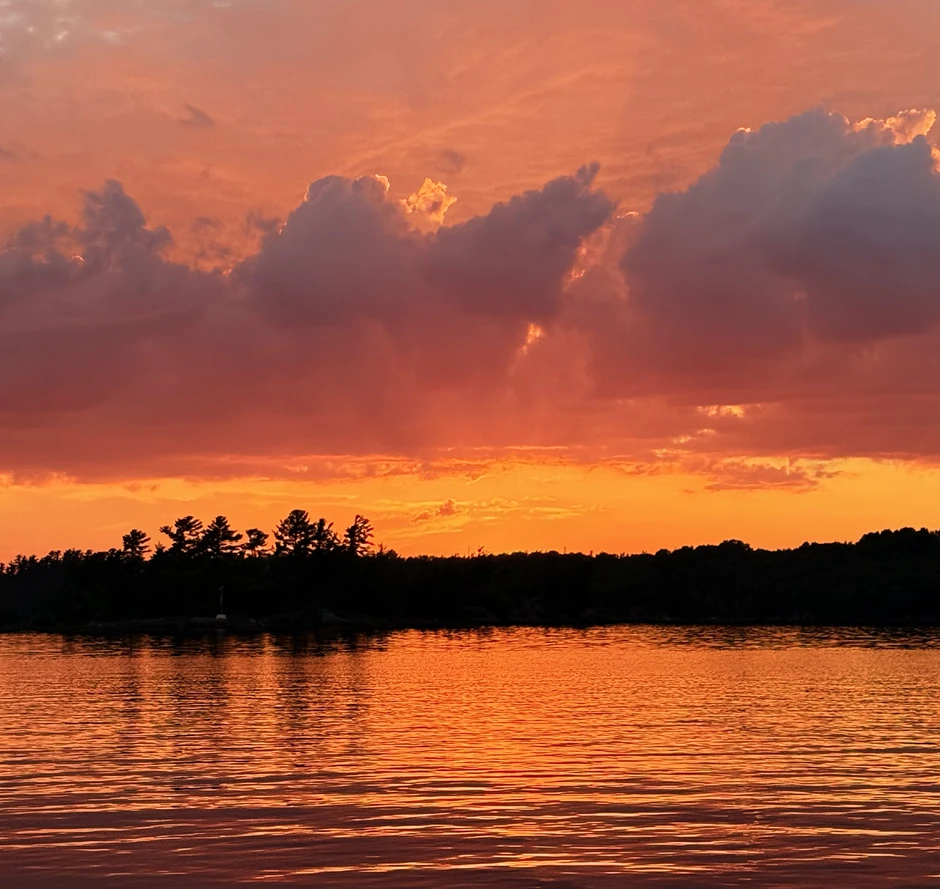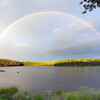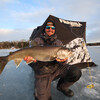The "Other" Fish
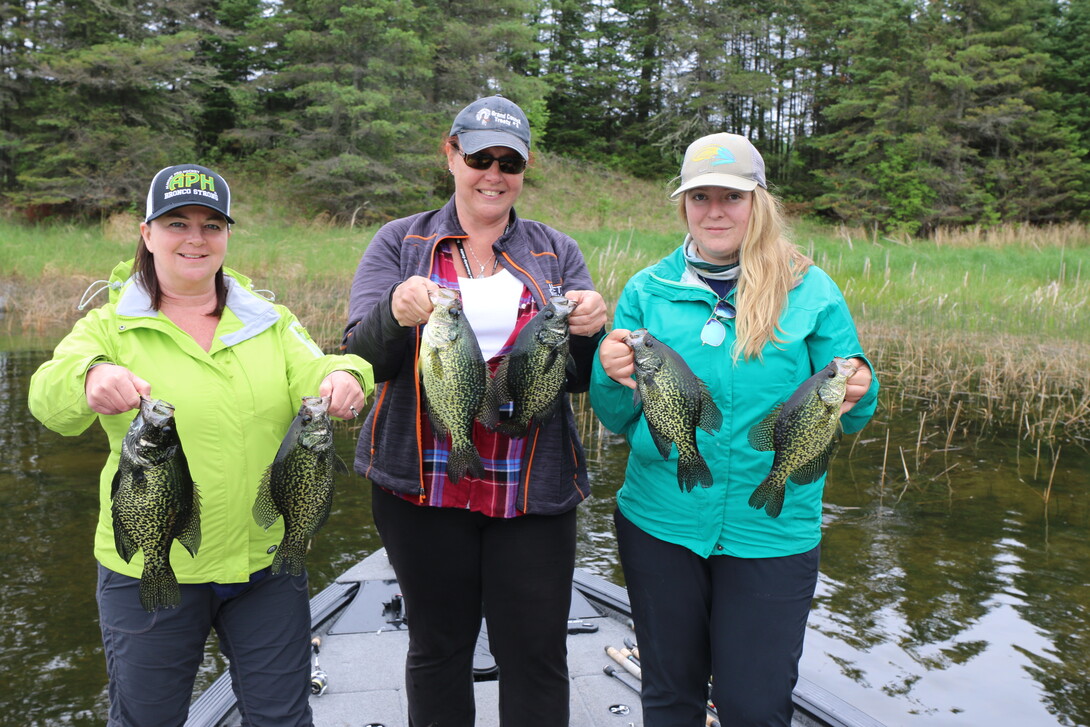
Most anglers who reside in the Sunset Country Region and most anglers who visit us hit the water in search of walleye, pike, musky, bass, or lake trout. Walleye are the most popular fish to target for both locals and visitors. Musky are high on the hit list of anglers visiting our region and bass seem to be growing in popularity amongst both locals and visiting anglers. We have world-class opportunities for each of these species so it’s no wonder they receive a lot of attention.
In addition to the popular species, we have another group of fish that are not as glamorous, maybe aren’t as good to eat, or don’t grow large, but they exist across the region and offer even more tremendous fishing options.
Black Crappie
Crappies could be included in the above group of popular fish because many anglers fish for them throughout the year, but many more anglers might not know that some of the best crappie fishing on the planet exists across the Sunset Country Region, particularly in the southwest corner of the region around Lake of the Woods and Rainy Lake.
Both of the big lakes have populations of trophy crappies scattered throughout them— I’m talking 14” and 15” slabs—but many of the smaller lakes around these big lakes have crappies as well.
In the spring, a couple of weeks after the ice is out, crappies move into shallow shoreline cover like reeds and cattails to spawn. They will hang around these shallow areas before dispersing out into deeper weed beds where they will spend the summer. In the fall, crappies school up in deep basins of the bays or lakes that they live in where anglers can use their electronics to find fish and have fun catching a bunch of them. These fall spots are good throughout the winter for those of you looking to have some fun on the ice as well.
If you visit a resort or camp in crappie country, the folks at these places can likely lead you in the right direction to find crappies depending on the time of your visit.
Good waters for crappies: Wabigoon Lake, Cedar Lake, Winnipeg River, Caliper Lake
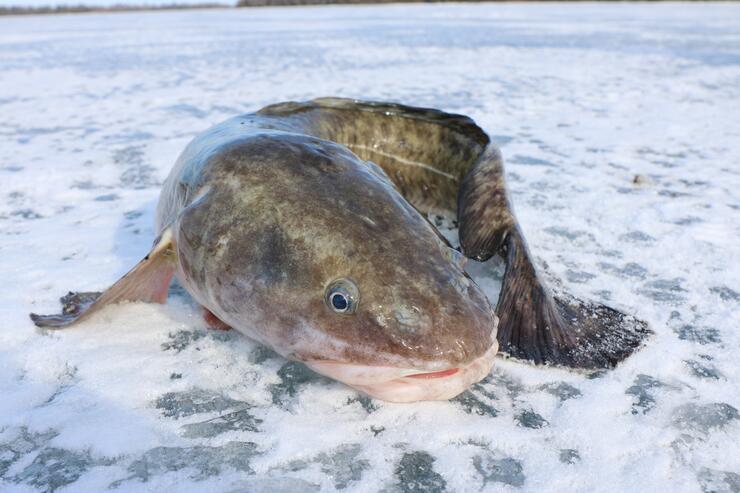
Burbot
The burbot, also known locally as a “lawyer”, “ling”, “Mariah” or “eelpout,” was considered a nuisance fish for ice anglers across the region years ago, but today many anglers have fun catching them throughout the ice season on many lakes across the region.
The reason why is they are aggressive in nature and easy to catch, they grow large on many lakes, they fight hard, and they are actually good to eat, called “poor man’s lobster” by many because the texture of their flesh is similar.
Burbot spawns in late winter under the ice on main lake shoals and hard bottom areas. Because they broadcast spawn when you find a hump that they like you can find large numbers of these fish together.
When it comes to catching them, a jigging spoon loaded up with a couple of frozen shiners works great when jigged aggressively on the bottom. These fish have a nice back strap of meat that can be cooked in a variety of ways. If you visit us in the winter, expect phenomenal burbot fishing, especially at night.
Top waters for burbot: Lake of the Woods, Eagle Lake
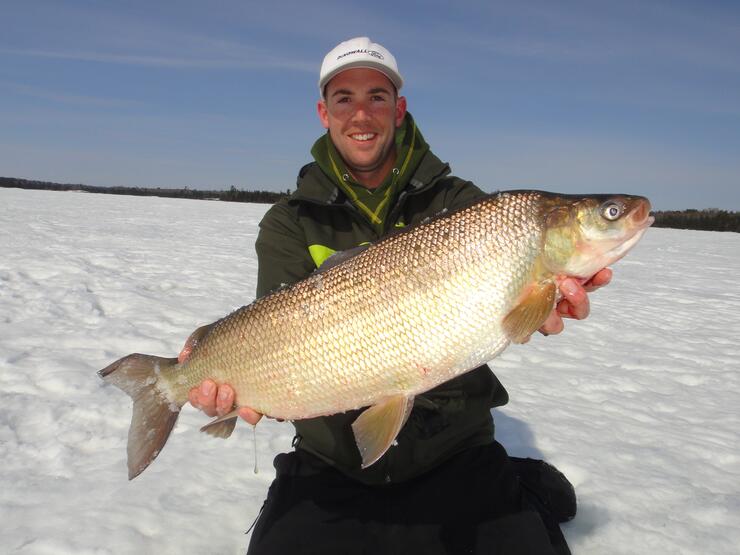
Whitefish
Another popular fish to target under the ice, whitefish are a cold water species that spend the summer in deep water but can be found anywhere in the water column throughout the winter.
They might be the most aggressive fish we have under the ice, even more than lake trout. Most lakes have them, but it seems like the mid-range depth lakes with basins in the 50-80 foot range are the best. Most lake trout lakes have whitefish populations and some shallower lakes do as well.
When it comes to catching them, most of my open-water catches happen incidentally when I’m targeting smallmouths in the spring and fall, or when I’m fishing deep for lake trout in the summer.
One thing about whitefish is they have very small mouths, so you need to use smaller baits to catch them. Small jigging spoons or soft plastic minnow imitators fished on a jig have been the best baits for me. They are one of the best-eating fish I have ever tasted, cooked however you want to cook them—you just need to know they have a y-bone in the top of their fillets, much like a lake trout or pike. Take care of that and you’re in business. In fish that I have cleaned, their stomach contents reveal that they eat both minnows and small invertebrates, which is why mud flats in 30-50 feet are often the best spots to catch these fish under the ice.
Top waters for whitefish: Shoal Lake, Lac Seul, Eagle Lake, lakes on the English River System
Perch
Since I live minutes from Lake of the Woods, I fish out there more than anywhere else. Over the past few ice fishing seasons, the number of trophy perch in the 12” – 14” range that we catch while targeting walleyes has been incredible. We see these big fish in open water as well. We now take trips specifically targeting these beautiful world-class perch, particularly in the winter; we always catch them and we always have fun.
In open water, trophy perch eat both minnows and crayfish, so smaller tubes and grubs work well for catching perch. Under the ice, smaller jigging spoons get down to the fish quickly and call them in for a closer look. They are usually always aggressive and willing to bite.
Perch have a similar bone structure to walleye and are really easy to clean. Batter them, drop them in hot oil, and it’s good eating!
Top waters for Perch: Lake of the Woods, Lac des Mille Lacs, Wabigoon Lake
Rock Bass
This one is for the kids. As a youngster, some of my best memories were catching rock bass under the dock at our family cabin. Just about every single dock across Northwest Ontario will have rock bass or sunfish under them during the summer months, and they are easy to catch.
These small panfish are found in most lakes, and they can be easily tricked with small jigs tipped with small soft plastics or a piece of worm. We used to use a single, plain hook with a piece of worm on it and it worked great. We would drop it down to the rock bass sticking their heads out in between the dock cribs, and they would come out and slurp it up.
If you bring young kids up on your fishing trip, flip over a few logs to find some earthworms, bring them down to the camp dock in the evening, set the kids up with a small jig, and I promise you they will catch some fish and have fun! Crib docks are always the best!
Top waters for rock bass: They are plentiful in most lakes across Sunset Country
Stocked Trout
Many folks who visit us to go fishing might not realize it, but speckled across the Sunset Country region are a bunch of small lakes stocked with brook trout, rainbow trout, and splake (a cross between lake trout and brook trout).
Some natural populations of brook trout exist in the eastern side of the region as you get closer to Lake Superior and of course, Lake Nipigon and the Nipigon River is one of the top brook trout fisheries in the world, home of the world record.
Heading west, all the way to the Manitoba border, there are dozens of lakes stocked with trout, and they offer some pretty good fishing for someone looking to mix things up a little bit on their trip.

Fishing can be good in open water, particularly in the spring and fall when the water is cool and ice fishing opportunities are excellent. These stocked trout don’t spawn, and most lakes are stocked every couple of years, so all sizes of fish exist. They are great to eat as well.
When it comes to finding where these stocked lakes are, the Ontario Ministry of Natural Resources has a website called Fish-ONLINE showing all of the stocked lakes on a map and the number of fish stocked in each lake, all the info you need to find and catch these beautiful fish.
Get a free Sunset Country Guide to help you plan that bucket list trip to Ontario's Sunset Country!
Recommended Articles

Is the 1,400 Kilometre Drive to Northwest Ontario For a Fishing Trip Worth it?
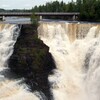
8 must-see waterfalls

6 Ways to Get Your 10,000 Steps This Fall

Top 5 Reasons You Should Be Fishing in Morson, Ontario

Discover The Winnipeg River

Enjoy Sunset Country's Fall Colours on Your Next Road Trip

Fishing in the Fall?

6 Reasons to Book a Fall Vacation to Sunset Country

10 Reasons to Avoid Ontario’s Sunset Country

Heading Across Canada?

A Guide to Sunset Country Museums
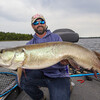
The Promised Land: Best Muskie Fishing in Ontario

Fall Fishing Tips
5 Essential Boreal Experiences in Ontario's Sunset Country

5 Obscure Facts About Northwestern Ontario: Were You Aware of These?
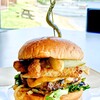
Great Food in Relatively Unknown Places
Outdoor Medicine

A Guide to Bringing Your Pets on Vacation to Canada

There's more than just fishing in the Red Lake Region

5 Amazing Sights You Can Only See By Boat

Going Fishing in Canada?

Going fishing in Ontario?

Outdoor Adventure in Ontario's Northern Paradise
Planning A Family Fishing Trip to Canada

Tips from a Fishing Legend

